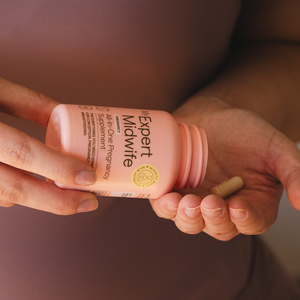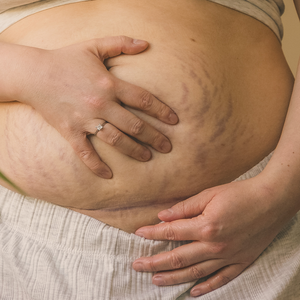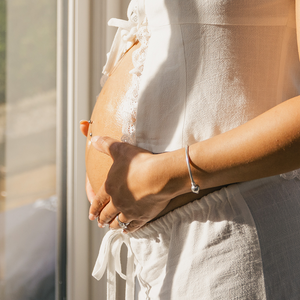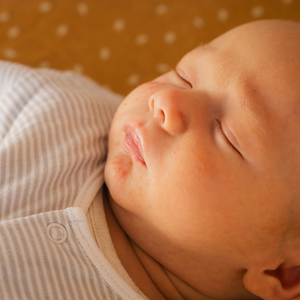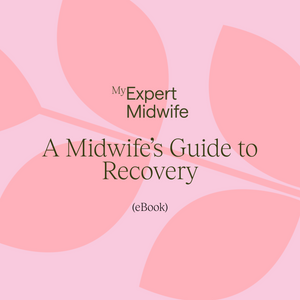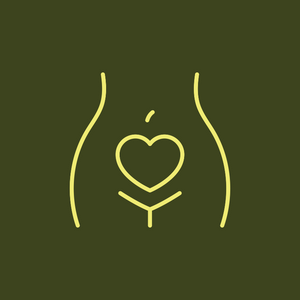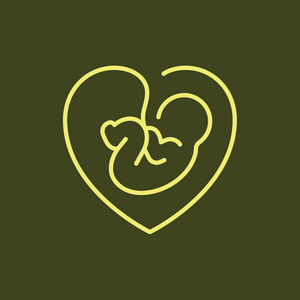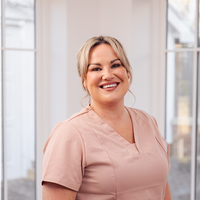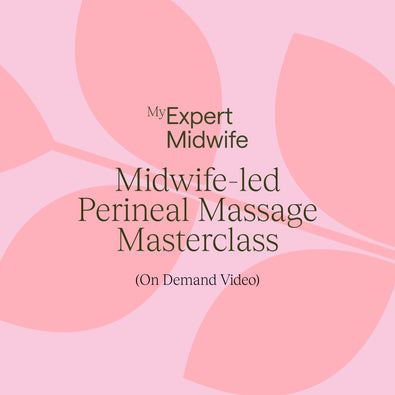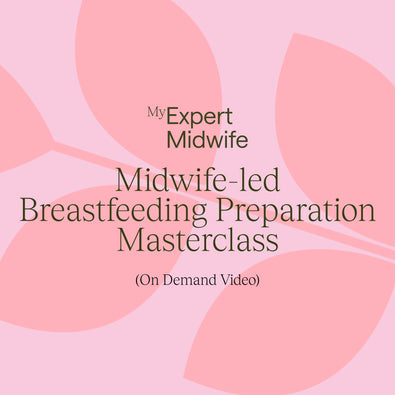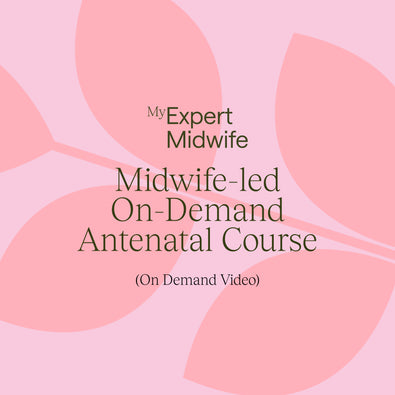What is swaddling?
Swaddling is a traditional way of wrapping a baby softly in a light, breathable cloth such as a muslin, or cotton or bamboo sheet, to help them feel safe and calm and hopefully promote sleep. They must only have their body wrapped and not their neck or head as this can quickly lead to overheating. The idea is that being swaddled will help your baby feel snug and secure, and mimic how they felt inside your womb.
What are the benefits of swaddling?
It has been suggested that swaddling calms babies helping them settle more easily and sleep for longer, however, there is little good quality research to support these claims. It is also thought that swaddling avoids sleep disturbances caused by a newborn baby’s startle reflex. This is because when a baby is swaddled their arms and legs are enclosed meaning they will be less likely to startle themselves awake.
What are the risks of swaddling?
Swaddling has risks, and medical opinion over swaddling is divided. It can be unsafe if your baby is not swaddled correctly. The Lullaby Trust is a great resource for finding out more about safe swaddling.
There is a real risk of your baby overheating if they are wrapped in too many blankets, in covers that are too heavy or thick, or if they are wrapped too tightly.
We recommend not to wrap your baby while breastfeeding as this causes them to get hot quickly and they might overheat. Your baby needs to a have a natural position and latch well on the breast without the restrictions that swaddling impose.
There is also some research that has also indicated swaddled babies feed less frequently and suckle less effectively thus impacting their wellbeing as well as milk supply if breastfeeding.
There has been research carried out which demonstrates how tightly swaddling a baby may increase their chance of developing a developmental problem with a baby’s hip joint known as hip dysplasia. You reduce this risk by ensuring you don’t over-swaddle your baby. You can also use ‘hip-healthy’ swaddling techniques to reduce your baby’s risk of hip dysplasia. Make sure your baby can move their hips and knees sufficiently to be able to kick; a newborn baby’s legs should also be able to fall into a natural ‘frog style’ position.
Is swaddling safe?
To keep your baby safe and to reduce the risk of overheating which has been linked to Sudden Infant Death Syndrome (also known as cot death) follow these simple but effective rules.
- Always lay your baby down to sleep on their back and avoid front or side positions for sleep, particularly if your baby is swaddled.
- Swaddling must only be used when your baby is a newborn. As soon as they show signs that they’re learning to roll over or they can already roll, you need to switch away from swaddling. They can then use their hands and arms freely to adjust their head position if they roll over onto their side or front, if they are swaddled, they have not got the ability to use their hands or arms and this could lead to suffocation. Your baby could start learning to roll over as early as around two to three months old but look for signs of them trying and stop swaddling if you suspect they are trying to roll.
- The cot is beside the parents’ bed for at least the first six months of life
- The mattress is firm and flat, soft beds, bean bags and sagging mattresses are dangerous.
- Your baby is not overdressed or covered with too much bedding (no more than you would use yourself) Use materials such as a thin muslin or a thin cotton or bamboo sheet – DO NOT USEblankets or place any additional bedding over a swaddled baby, this could cause them to overheat.
- The bedding must not cover your baby’s head, they should be swaddled securely enough to reduce the risk of face-covering by loose materials.
- You MUST NOT swaddle them if they are unwell, have an infection, or fever (a temperature above 37.5 ºC).
- Check your baby’s temperature to ensure they do not get too hot – check the back of their neck. If baby’s skin is hot or sweaty, remove one or more layers of bedclothes.
- The room is not too hot or too cold (16-20ºC is ideal)
- The room where your baby sleeps is a smoke-free zone
- The mattress should have a breathable waterproof cover to allow for cleaning
- Swaddles should not be applied very tightly around the hips as this is strongly associated with developmental dysplasia of the hip.
There are numerous swaddle products on the market for example swaddle blankets, sacks, and swaddle bags. We cannot comment on their safety, but parents/carers need to ensure the products meets necessary safety standards.
- Parent/Carers should ensure they follow the product guidance. Some swaddle manufacturers recommend their product is used when a baby is a certain weight, rather than age so it is best to check on your preferred swaddle product
- We do not advise on a specific tog rating for swaddle products, instead we advise parents/carers to use a thin lightweight and breathable wrap or sheet to reduce the chance of baby overheating.
